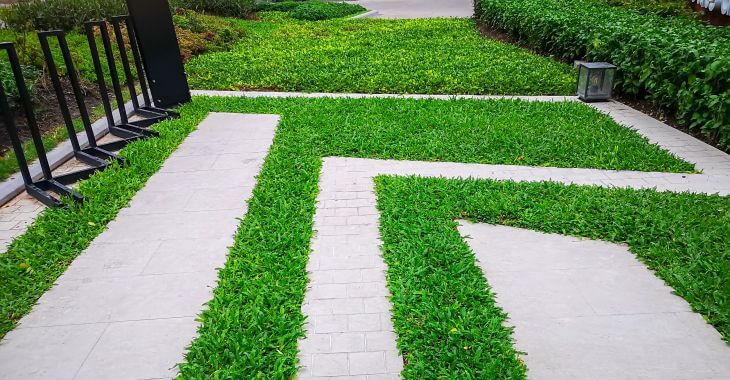Is It Really Necessary to Aerate and Dethatch Your Lawn?
Just like any other living creation, your grass needs oxygen to thrive and flourish! Most of us will mow, water and sometimes fertilize our lawns but few of us ever consider aeration or dethatching. After all, it seems to be so time consuming and unnecessary! That opinion would depend on how much you want a lush, green, disease free lawn!
Many lawn care challenges can be traced back to soil impaction, which is the real culprit behind many diseases, weeds, and other issues that cause lawns to lose their color. Over time, lawn traffic compacts the soil, preventing grass roots from getting oxygen, as well as the water and fertilizer they need for nourishment them. Your grass may be suffering from soil compaction if you are experiencing bald spots or sparse growth, mossy patches and poor drought tolerance. If you have difficulty inserting a screwdriver into the ground, it’s time to aerate and dethatch.
Core aeration is the process of poking holes in your lawn to loosen the turf, allowing oxygen to penetrate the soil. It also helps to loosen some of that layer of thatch that accumulates just under the grass, on top of the soil. The thatch can then be raked out and removed. Depending on the size of your lawn, manual aerators can be used. For larger lawns, those that have not been previously aerated or for those with other lawn concerns, it is often preferable to hire your local landscaping professional who has the time and equipment to do the job correctly. Your lawn should be aerated and dethatched when the weather is mild and the grass is actively growing so that it can recover. After aerating and dethatching your lawn, it can be immediately fertilized or over-seeded.
